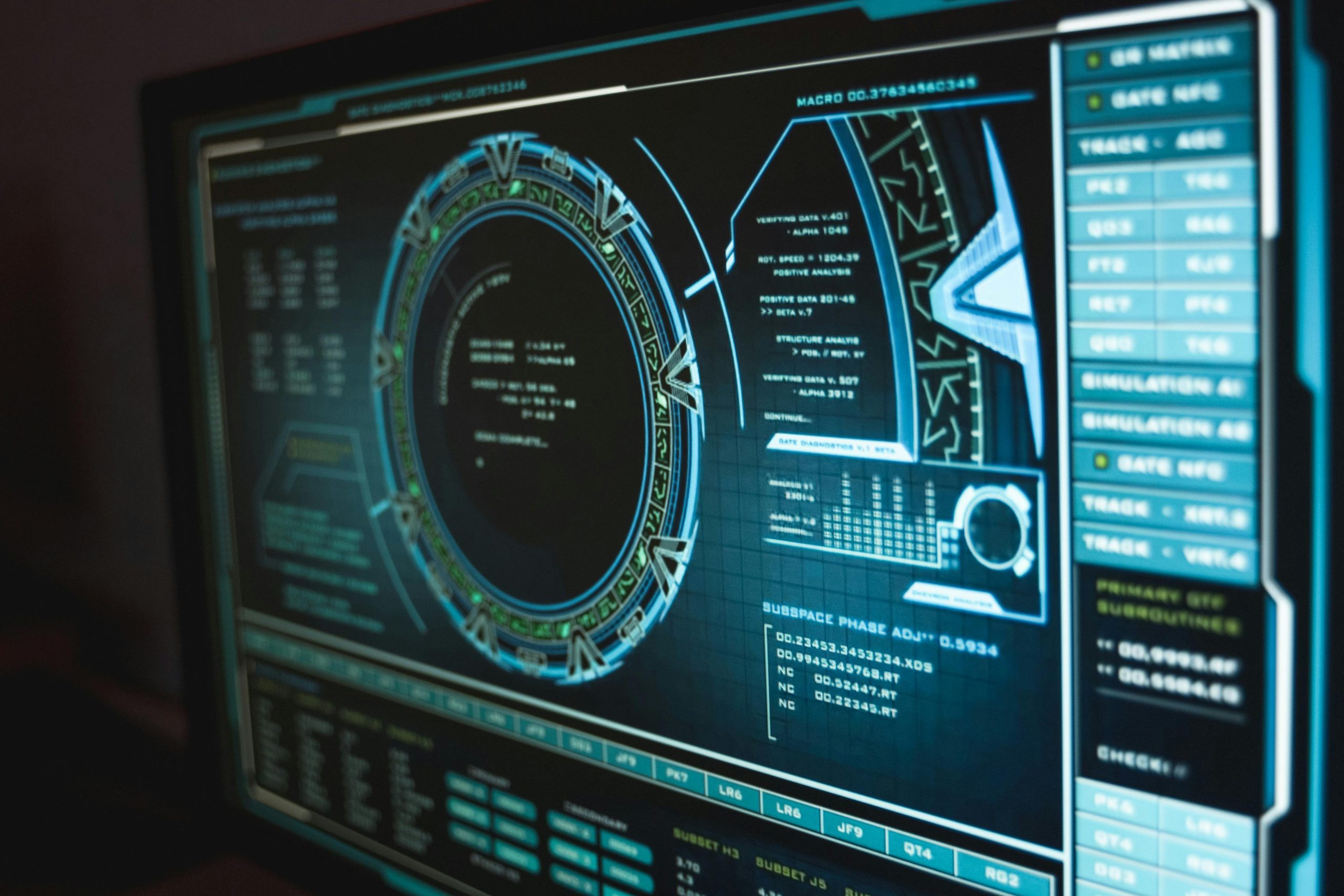Integrating Product Lifecycle Management (PLM) transforms cybersecurity by streamlining collaboration across development, manufacturing, and distribution. Centralized data and iterative feedback loops enable faster threat detection and compliance adherence. This unified approach not only reduces risks but also accelerates product delivery, ensuring robust protection throughout the entire product journey. Harnessing PLM bridges gaps that traditional security methods often overlook.
Essential Role of Product Lifecycle Management in Business Success and Cybersecurity
Organizations today manage increasingly complex products across engineering, manufacturing, and distribution all while facing growing digital security risks. Product Lifecycle Management (PLM) unifies people, data, and processes throughout a product’s journey, giving businesses the structure needed to enhance coordination and simplify compliance. Explore more informations here, which connects these lifecycle strategies with concrete business outcomes.
Additional reading : How plm software boosts sustainable product development
PLM Stages: Coordination and Security at Every Step
PLM maps a product’s progression through phases such as concept, design, development, manufacturing, launch, service, and retirement. Each stage has clear objectives:
- Concept and Design: Focus on market research, ideation, and prototyping. Integrating cybersecurity from the beginning ensures that security features are built in, not bolted on.
- Manufacturing: Emphasizes quality control, supplier coordination, and regulatory compliance. Here, traceability is key for resolving supply chain risks and maintaining lifecycle compliance.
- Distribution and Service: Involves smart logistics and ongoing support. Lifecycle management tools facilitate updates and manage emerging risks, protecting sensitive data and supporting continual improvement.
- End-of-Life: Secure decommissioning prevents data leaks and ensures responsible recycling or disposal.
Bridging Lifecycle Management and Cyber Resilience
Modern PLM solutions provide a “single source of truth”—a central hub for data, roles, and responsibilities, which is fundamental for lifecycle risk management. By automating documentation, monitoring updates, and establishing clear audit trails, PLM ensures regulatory adherence and enhances digital resilience. This proactive stance on lifecycle security concerns empowers organizations to rapidly detect and address issues, fostering a robust culture of cyber awareness.
Have you seen this : Mastering text annotation tools: your essential guide
Integration of cybersecurity practices within every PLM phase not only safeguards valuable intellectual property but also builds greater trust with stakeholders, demonstrating a commitment to sustained product quality and compliance.
Key Stages, Frameworks, and Processes in Product Lifecycle Management
Evolution of Lifecycle Management Frameworks
The historical trajectory of product lifecycle stages overview began with early industrial models and evolved through the introduction of centralized product data management in the 1980s. PLM frameworks moved from linear, document-heavy systems to people-centric, digital lifecycle innovation approaches. This shift leveraged integrated product data and process collaboration, ultimately supporting rapid change adaptation and broader cross-functional access to the product development lifecycle management environment.
Main Phases of the Lifecycle Process
Lifecycle management frameworks organize products into defined stages. The new product development process typically starts with ideation, moves to prototyping and validation, and advances to manufacturing where lifecycle process automation optimizes operations. Next is distribution, which relies heavily on efficient inventory and supplier collaboration. The end-of-life stage initiates product design lifecycle lessons learned, recycling, and regulatory compliance.
Iterative Processes and Documentation
Iterative cycles are fundamental throughout the product lifecycle. Lifecycle risk management and compliance require robust change tracking and clear lifecycle process documentation. Throughout, PLM and product data management maintain alignment between teams, provide version control, and enable effective decision-making. Emphasizing continuous improvement, lifecycle analytics and risk mitigation tools support ongoing enhancements and adaptive strategies.
Strategic Benefits, Best Practices, and Tools for Effective PLM
Measurable Organizational Advantages
PLM demonstrates tangible organizational gains: speed to market, improved quality, cost reduction, collaboration, and cybersecurity integration. By employing lifecycle management best practices, cross-functional teams leverage collaboration tools for product lifecycle coordination—accelerating innovation and reducing delays. With centralized lifecycle data management, organizations track KPIs, drive cost control, and optimize lifecycle process outcomes. Cybersecurity is embedded from the start, making product portfolio lifecycle management not only agile but robust against digital threats.
Key Challenges and Solutions
Overcoming data silos and managing secure, compliant supply chains present major obstacles. Lifecycle management best practices recommend lifecycle software selection guides to find agile PLM methodology ready to unify disconnected systems. Proactive lifecycle process optimization is critical—regular audits, change control, and compliance checks help maintain integrity. Collaboration tools for product lifecycle involvement empower all stakeholders, ensuring that compliance and supply chain risks are minimized through consistent, transparent documentation.
Implementation Best Practices
A focused approach to lifecycle management ROI depends on structured change control, targeted lifecycle performance metrics, and iterative improvements. Adopting an agile PLM methodology increases adaptability when markets shift or requirements evolve. Organizations should prioritize product lifecycle optimization tools that seamlessly integrate cybersecurity, analytics, and workflow automation—using a lifecycle software selection guide to tailor solutions to their unique business needs.
Future Trends, Industry Applications, and Cybersecurity Integration in PLM
The future of product lifecycle management is defined by rapid digital transformation and the integration of advanced technologies like AI, IoT, and digital twin technology in lifecycle management. These tools enable organizations to analyze vast amounts of lifecycle data, detect and respond to lifecycle security concerns early, and automate compliance throughout each product phase. Cloud-based lifecycle management delivers scalability, enhancing access and performance for remote teams while supporting workflow automation in lifecycle project management.
Industry applications show the growing importance of lifecycle compliance and regulations—especially in sectors such as automotive and pharma. For example, automakers rely on lifecycle management trends like digital twin technology in lifecycle projects to simulate and optimize vehicle development. In pharmaceuticals, rigorous lifecycle security concerns and lifecycle compliance and regulations demand continual tracking and validation, with cloud-based lifecycle management systems supporting data integrity and audits.
Sustainability and supply chain lifecycle coordination are gaining emphasis. Using lifecycle analytics and lifecycle product sustainability metrics, manufacturing and supply chain systems optimize material use and reduce waste. Modern lifecycle software scalability ensures that as digital transformation impacts lifecycle strategies, organizations swiftly respond to evolving market and regulatory demands through robust supply chain lifecycle coordination and enhanced lifecycle product sustainability.






